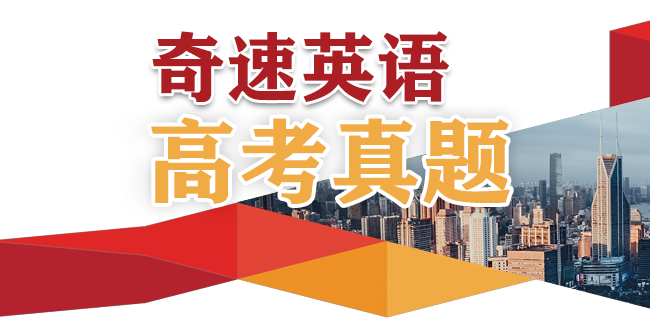
If you want to tell the history of the whole world, a history that does not privilege one part of humanity, you cannot do it through texts alone, because only some of the world has ever had texts, while most of the world, for most of the time, has not. Writing is one of humanity’s later achievements, and until fairly recently even many literate (有文字的) societies recorded their concerns not only in writing but in things.
Ideally a history would bring together texts and objects, and some chapters of this book are able to do just that, but in many cases we simply can’t. The clearest example of this between literate and non-literate history is perhaps the first conflict, at Botany Bay, between Captain Cook’s voyage and the Australian Aboriginals. From the English side, we have scientific reports and the captain’s record of that terrible day. From the Australian side, we have only a wooden shield (盾) dropped by a man in flight after his first experience of gunshot. If we want to reconstruct what was actually going on that day, the shield must be questioned and interpreted as deeply and strictly as the written reports.
In addition to the problem of miscomprehension from both sides, there are victories accidentally or deliberately twisted, especially when only the victors know how to write. Those who are on the losing side often have only their things to tell their stories. The Caribbean Taino, the Australian Aboriginals, the African people of Benin and the Incas, all of whom appear in this book, can speak to us now of their past achievements most powerfully through the objects they made: a history told through things gives them back a voice. When we consider contact (联系) between literate and non-literate societies such as these, all our first-hand accounts are necessarily twisted, only one half of a dialogue. If we are to find the other half of that conversation, we have to read not just the texts, but the objects.
1.What is the first paragraph mainly about?
A How past events should be presented.
B What humanity is concerned about.
C Whether facts speak louder than words.
D Why written language is reliable.
解析:选A。A 主旨大意题。文章第一段主要讲述的是,如果要客观公平的讲述整个世界的历史,不能仅仅通过文字资料,因为世界上大多数地区,在大多数时间里,都没有文字。文字写作是人类较晚的成就之一,而且许多有文字的社会也会用实物来记录事情。因此,第一段主要讲述的是历史应该如何呈现给我们。故选A。
2.What does the author indicate by mentioning Captain Cook in paragraph 2?
A His report was scientific.
B He represented the local people.
C He ruled over Botany Bay.
D His record was one-sided.
解析:选D。D 推理判断题。根据文章第二段首句“Ideally a history would bring together texts and objects, and some chapters of this book are able to do just that, but in many cases we simply can’t.”和下文所举的例子“From the English side, we have scientific reports and the captain’s record of that terrible day. From the Australian side, we have only a wooden shield (盾) dropped by a man in flight after his first experience of gunshot. ”可知,作者举这个例子是为了说明船长的记录是片面的,只从自己的角度描述了问题。故选D。
3.What does the underlined word “conversation” in paragraph 3 refer to?
A Problem.
B History.
C Voice.
D Society.
解析:选B。B 词义猜测题。第三段开头提到,有些胜利是偶然或故意被歪曲了的,尤其是当只有获胜一方有文字记载能力的时候,而失败一方的人只能通过实物讲述他们的故事。在这种情况下,文字记载只是其中一方对历史的讲述。这犹如一场双方的对话,现在我们只能看到其中一方所讲述的内容,如果我们想找到另一半对话的内容,就需要找到相关的实物,所以作者用 conversation 指代“历史”。故选B。
4.Which of the following books is the text most likely selected from?
A How Maps Tell Stories of the World
B A Short History of Australia
C A History of the World in 100 Objects
D How Art Works Tell Stories
解析:选C。C 推理判断题。文章的主旨是讲述历史不能仅仅通过文字,还要结合实物来讲述,这样才会客观、不偏颇。再根据文章第二段第一句“Ideally a history would bring together texts and objects, and some chapters of this book are able to do just that, but in many cases we simply can’t.”和最后一段最后一句“ If we are to find the other half of that conversation, we have to read not just the texts, but the objects.”,从而推断出文章最有可能选自《100件物品中的世界史》。故选C。